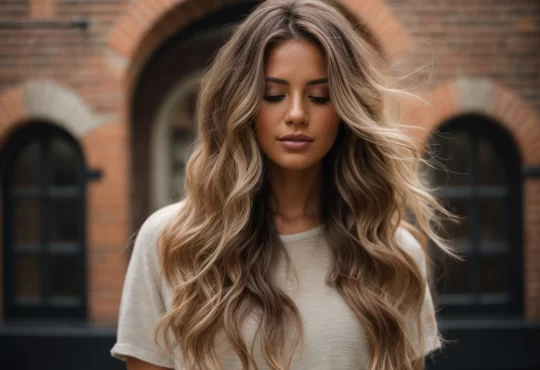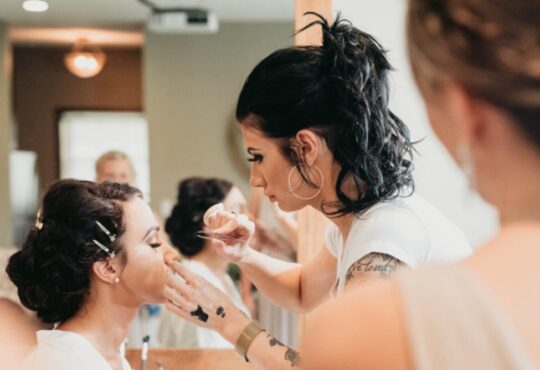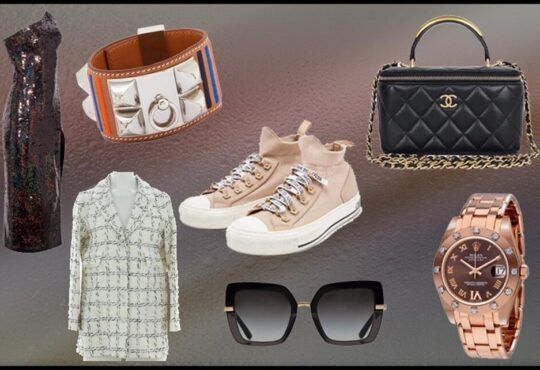The Power of Color Psychology in Personal Style and Wardrobe Choices

Have you ever wondered why certain colors make you feel happy, confident, or relaxed? The answer lies in color psychology, the study of how colors affect human behavior and emotions. From the clothes we wear to the colors we surround ourselves with, color plays a significant role in our lives, including our personal style and wardrobe choices.

The Psychology of Color
Each color has its unique psychological properties and can evoke different emotions and moods. For example:
- Red is associated with passion, energy, and excitement, but also anger and danger.
- Blue is often associated with calmness, trustworthiness, and intelligence, but can also be cold or melancholic.
- Yellow is linked to happiness, optimism, and creativity, but can also be overwhelming or cause anxiety.
- Green is often associated with nature, growth, and harmony, but can also symbolize envy or sickness.
- Purple is linked to royalty, luxury, and spirituality, but can also be associated with mystery or arrogance.
- Black is often associated with elegance, sophistication, and power, but can also be linked to mourning or negativity.
- White is linked to purity, innocence, and clarity, but can also be bland or sterile.
Understanding these psychological properties can help you choose colors that reflect your personality, mood, and goals. It can also help you avoid colors that may have a negative impact on your mood or emotions.
The Role of Color in Personal Style
Color psychology can play a significant role in your personal style. The colors you wear can affect how others perceive you and how you feel about yourself. For example, wearing red can make you feel confident and powerful, while wearing blue can make you appear trustworthy and intelligent.
When choosing colors for your personal style, consider the following:
- Your skin tone: Certain colors may complement or clash with your skin tone, affecting how you look and feel.
- Your body shape: Darker colors can have a slimming effect, while lighter colors can highlight curves.
- Your personal preferences: Wear colors that make you feel happy, comfortable, and confident.
- The occasion: Different colors may be more appropriate for formal events, casual outings, or work settings.
The Role of Color in Wardrobe Choices
Color psychology can also play a significant role in your wardrobe choices. The colors you choose for your home, office, or personal space can affect your mood and emotions. For example, painting your bedroom blue can promote relaxation and sleep, while painting your office yellow can promote creativity and productivity.
When choosing colors for your wardrobe, consider the following:
- Your lifestyle: Choose colors that reflect your lifestyle, whether you’re a busy mom, a professional, or a student.
- Your budget: Choose versatile colors that can be mixed and matched with different outfits and accessories.
- Your personal style: Choose colors that complement your personal style and reflect your personality.
- Your mood: Choose colors that reflect your mood or that can uplift your mood when you’re feeling down.
Color psychology can have a significant impact on our personal style and wardrobe choices. By understanding the psychological properties of different colors, we can choose colors that reflect our personality, mood, and goals. Whether we’re choosing colors for our clothes or our personal space, color can help us feel confident, comfortable, and happy.








